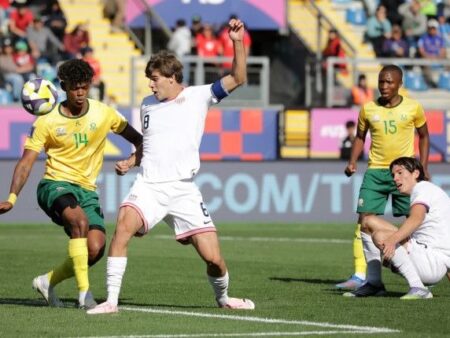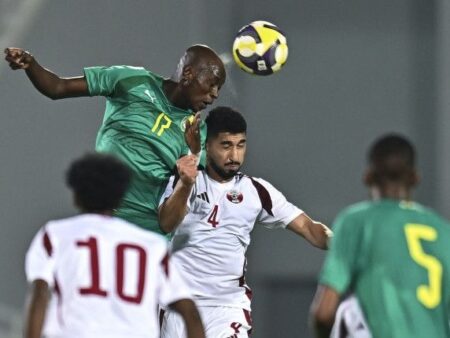While global giants like Adidas and Nike dominate the football landscape
today, the story of the World Cup has a cherished chapter written by the
French brand, Le Coq Sportif. Though less fashionable now, Le Coq Sportif
boasts an iconic and surprisingly lucky history on the world’s biggest
stage.
The brand first appeared as the kit supplier for its home nation, France, in
the 1958 World Cup. However, it was in the 1980s that Le Coq Sportif truly
left its mark.
The 1982 tournament was a landmark year. Not only did Le Coq sponsor the
French team, but it also kitted the eventual champions, Italy. The brand’s
reach extended to debutants Cameroon, whose memorable and unbeaten run in
the group stages was launched in their distinctive Le Coq Sportif kits.
This “lucky charm” effect seemed to continue in 1986. This time,
Argentina—in a campaign forever defined by Diego Maradona’s “Hand of
God”—lifted the trophy while wearing Le Coq Sportif. The brand’s presence
was also felt by Belgium and France, cementing its status as a major player
in international football.
Surprisingly, after the 1986 World Cup, Le Coq Sportif withdrew from
sponsoring major national teams. The brand shifted its focus to club
football, becoming a familiar sight for teams in France and England, such as
Everton, Sheffield United, and Nantes, throughout the 1990s and early 2000s.
Bafana Bafana’s recent success offered a potential comeback story. Had the
sponsorship continued, their qualification for the 2026 World Cup would have
marked Le Coq Sportif’s return to the global finals after a 39-year absence.
Instead, with the contract ending, Adidas has stepped in to reunite with
South Africa, having last kitted the nation when they hosted the 2010 World
Cup. The 2026 tournament will once again be dominated by the familiar trio
of Adidas, Nike, and Puma, leaving Le Coq Sportif’s unique World Cup legacy
as a memorable piece of football history.



















